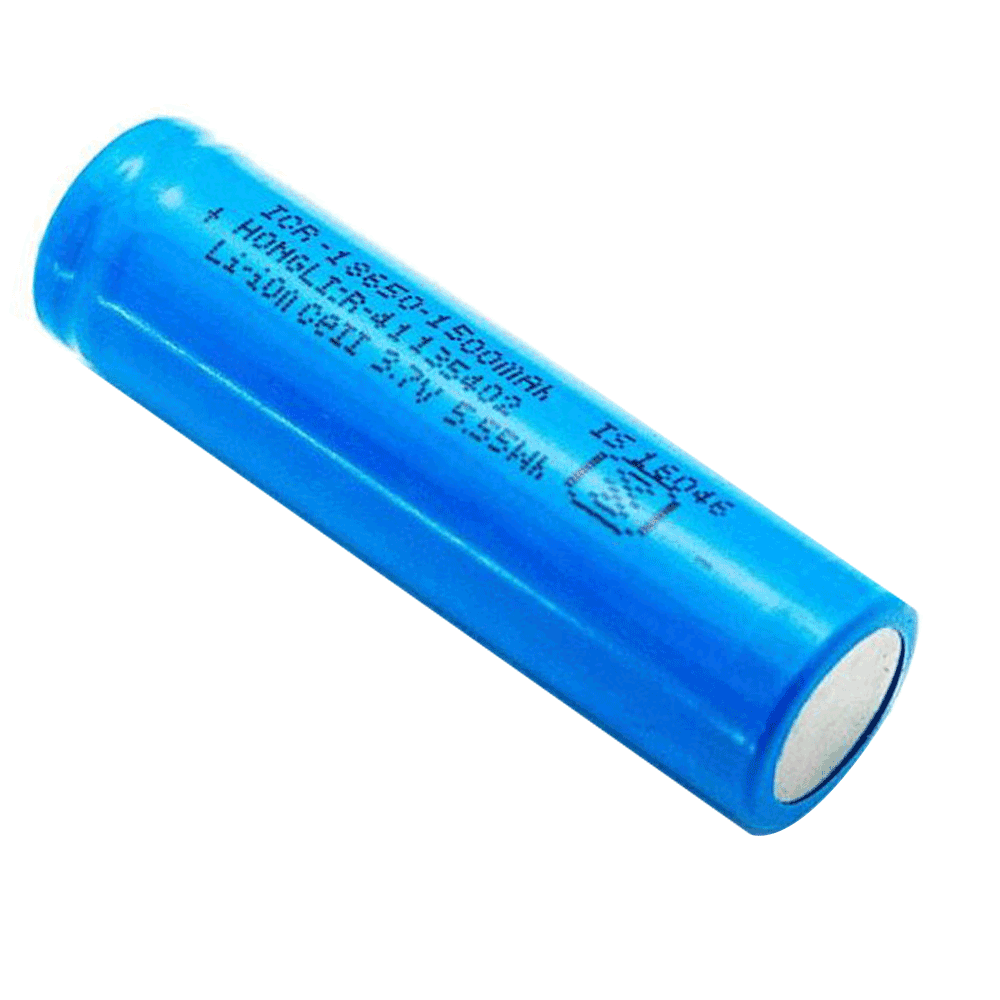
How Long Does a Lithium Ion Battery Last?
Lithium-ion batteries power many of our everyday devices from laptops and cell phones to hybrid and electric cars. They are a popular technology because of their high energy density and light weight.
They also require little maintenance. The lifespan of lithium-ion batteries depends on several factors, such as temperature and cycle count.
Chargers
Many manufacturers use dates to mark the lifespan of their lithium ion batteries, but these numbers aren’t concrete representations of actual battery life. They’re more of a guide for how long a battery will last under ideal conditions. In fact, lithium ion batteries can last well beyond these dates. The main way you can protect your battery’s longevity is to balance charge and discharge cycles.
When a lithium-ion battery stays in a full state of charge for a prolonged time, internal resistance increases. This sucks up energy and shortens the battery’s lifespan.
During charging, chemical changes occur in the lithium battery that also contribute to internal degradation. Keeping the charge at a moderate level Lithium Ion Battery minimizes these changes and slows down deterioration.
A smart charger automatically monitors battery voltage and adjusts current to keep the charge at a safe level. This prevents overheating and component damage. Most marine lithium battery chargers offer a constant voltage and gradual decrease in current until the battery is fully charged, usually around 5% of its amperage rating.
Some chargers provide a brief topping charge to compensate for the small self-discharge that batteries and their protective circuits consume. These chargers can help extend battery life by reducing voltage-related stress.
Batteries for Electric Vehicles
Electric vehicles use batteries based on lithium-ion technology that are far more energy efficient than gasoline-powered cars. They’re also much quieter and emit significantly less carbon dioxide, reducing global warming emissions.
Lithium-ion batteries use an electrolyte medium, which is either a liquid or a solid, to separate the anode and cathode electrodes in order to allow lithium ions to move from one to the other via chemical reactions. These batteries also feature a separator, which is a thin, porous membrane that keeps the anode and cathode separated while allowing lithium ions to pass through it.
Unlike nickel-cadmium or nickel metal hydride (Ni-MH) battery technology, which relied on heavy and toxic materials, lithium-ion batteries are lightweight, non-toxic, and do not contain any hazardous substances. This technology quickly lent itself to a variety of portable electronics, eventually becoming the standard for cell phones and laptops, and later, for electric vehicle batteries.
A typical battery has a positive electrode called the cathode, which features a metal oxide, usually cobalt. The negative electrode is known as the anode, and it’s typically made from graphite or another material that allows for intercalation of lithium ions. When a battery is charged, an external power source sends an over voltage to each of its cells, forcing a flow of electrons from the cathode to the anode. This reverses the oxidation process and recharges the battery for future use.
Batteries for Electric Bikes
There are many factors that go into choosing the right battery for your electric bike. You need to consider your budget, use case, and what type of power you want. There are also different chemistries for the batteries, each with its own benefits and drawbacks. Lithium batteries are the most common, but there are also NiMH and Nickel Manganese Cobalt options. You should look for a battery with a high specific energy and that has the right size for your e-bike.
It is important to know what kind of battery you are buying, and the vendor should be able to give you details about it. You should also look for a battery that is certified for safe shipping. This means that it complies with standards like BS EN 50604-1 and UN 38.3, which are mandatory for lithium-ion battery transport by air and sea.
Some e-bike companies have claimed that their lithium batteries will provide the rider with up to 100 miles of range. However, this is not always realistic. You need to keep in mind that you will still have to pedal 99% of the time. This is especially true if you have a battery with a pedal sensor that only engages when you are actually pedaling. If you are looking for a longer range, then you should look at bigger batteries with more cells and a higher watt-hour rating. You should also consider getting a battery with an enclosure, which will help protect the battery from impact and vibrations during riding.
Batteries for Laptops
The lithium-ion battery is the rechargeable type used in laptop computers. It’s also found in many other portable devices, like digital cameras and mobile phones. The technology behind this battery makes it thinner, lighter and more energy-dense than other types of batteries. It also has a long lifespan and can be recycled. However, its lifeline can be shortened by over-charging, exposure to extreme temperatures and other factors.
The battery consists of anode and cathode electrodes with a liquid electrolyte between them. The most common combination of cathode Lithium Ion Battery and anode materials is lithium cobalt oxide and graphite. Lithium cobalt is more popular than other combinations, because it has the highest specific energy of any lithium-ion battery. Other cathode material options include lithium manganese oxide (used in hybrid electric and electric automobiles) and lithium iron phosphate.
In addition to its high specific energy, lithium-ion batteries have a low cost and are safe. They have several failsafes that prevent thermal runaway, which is when the battery generates more heat than it can handle. This can occur due to faulty manufacturing, product tampering or overcharging.
While a laptop computer with a lithium battery is safe to use, it is important to follow the manufacturer’s guidelines for charging and using the battery. Some airlines prohibit carrying lithium batteries on airplanes due to the fire hazard.

